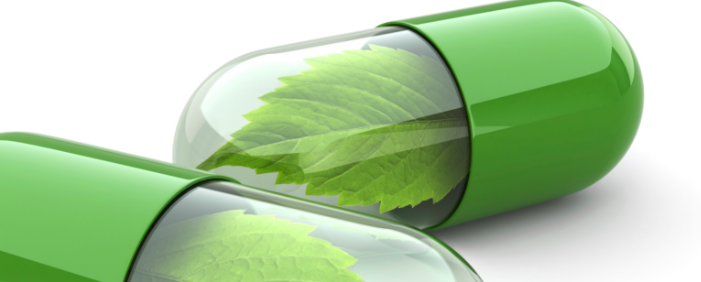
The development of new drugs remains more than essential. Research in this area must continue, as humans are still disarmed by a number of diseases, starting with cancer. In this quest, plants are one of the most valuable raw materials and an irreplaceable source of innovation.
The health benefits of plants
It is no coincidence that plants are present in contemporary pharmacological research. They are rich in “secondary metabolites”, molecules that the plant produces to control its environment, survive and reproduce. These are, for example, molecules capable of removing predators, such as pelargonium aromatic substances, which repel herbivores. Or molecules that attract pollinating insects, such as sex pheromones synthesized by certain orchids. Or else components that discourage the competition of other species: thus, walnut produces juglone, which inhibits the growth of other plants in a wide radius around the trunk. These secondary metabolites specific to the plant world are extremely numerous: there have been more than 200,000! And,
The fight against malaria
Quinine, the active ingredient in cinchona bark isolated in 1820 by two French pharmacists, J. Pelletier and C. Caventou, continues to play a key role in the treatment of severe malaria. Most strains of Plasmodium, the parasites responsible for this disease, became resistant to synthetic antimalarials developed on the quinine model between 1930 and 1970. The search for new molecules is therefore a public health priority. Malaria affects approximately 300 million people worldwide each year, resulting in 2 million deaths. An artemisia from the Chinese pharmacopoeia, qing-hao or Artemisia annua, which has always been used as a febrifuge, has recently given birth to a new class of antimalarial drugs that are used on every continent.
Facing cancer
The Madagascar periwinkle (Catharanthus roseus) had, in its country of origin, the reputation of being antidiabetic. The work carried out in the late 1950s gave negative results in this area.
On the other hand, the researchers, who had noted a drop of white blood cells in the blood of treated animals, considered using the plant to treat leukaemias. Two alkaloids with potent activity had to be isolated from their leaves: vinblastine and vincristine. Highly active derivatives were then synthesized by the team of Dr. Potier, CNRS, from other constituents more abundant in the plant. The drugs obtained transformed the life expectancy of patients with Hodgkin’s disease or acute leukemia. The antitumor activity of a bark extract of the Pacific yew (Taxus brevifolia) was detected quite fortuitously around 1965 as part of a systematic plant research program supported by the US National Cancer Institute . The active substance, taxol, was isolated a few years later. But clinical trials had to be stopped quickly: treatment for one patient required the slaughter of six 100-year-old trees! A solution was fortunately found by another French team of the CNRS, which isolated in the needles of the European yew (Taxus baccata) a compound that could be converted chemically into products close to taxol and even more effective than the latter. They are used today to successfully treat certain breast and ovarian cancers. which isolated in the needles of the European yew (Taxus baccata) a compound that could be converted chemically into products close to taxol and even more effective than the latter. They are used today to successfully treat certain breast and ovarian cancers. which isolated in the needles of the European yew (Taxus baccata) a compound that could be converted chemically into products close to taxol and even more effective than the latter. They are used today to successfully treat certain breast and ovarian cancers.
The podophyll rhizome (Podophyllum peltatum), a small herbaceous plant that grows in the forests of eastern Canada, provides antimitotic molecules close to that of the alkaloids of Madagascar periwinkle. A substance extracted from Camptotheca acuminata, a tree from southern China, gave birth to synthetic drugs: irinotecan, developed in Japan, and topotecan, developed in the United States. Both are used in the treatment of certain cancers.
We also study quassinoids, extracted from quassia (Quassia amara), a tree native to Jamaica.
An anticancer drug based on acronycine, obtained from an Australian shrub, Sarcomelicope simplicifolia, will soon be the subject of clinical trials in France.
Other plants to heal
Whatever the therapeutic area, plants have allowed, in the very recent past, fantastic medical advances. Thus, a fungus found in Norwegian soil gave birth to ciclosporin, an immunosuppressive drug that allows organ transplants by avoiding rejection phenomena. From wild yam, or yam, you get cortisone. Soybean and agave have been found to have estrogenic effects.
Research on the fight against AIDS and stimulation of immunity is not slowing down: a large number of plants have been studied, and studies are continuing on plane tree bark, Japanese white pine and Australian chestnut. In the treatment of diabetes, much work is being done on a Congo fungus that contains a chemical compound acting as insulin.
The saga of medicines derived from plants continues: an adventure that requires time, perseverance and financial means, but gives rise to great hopes.